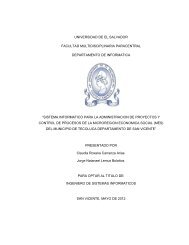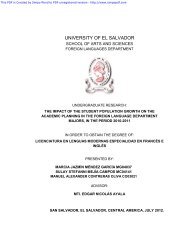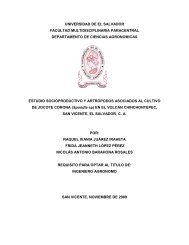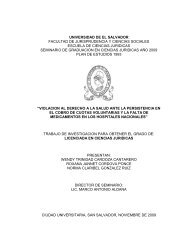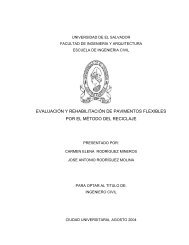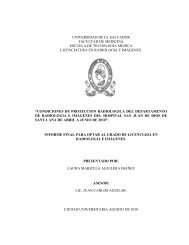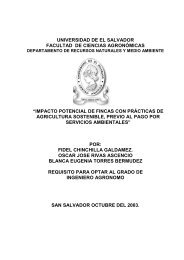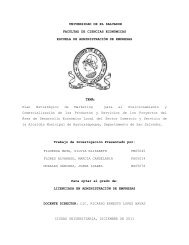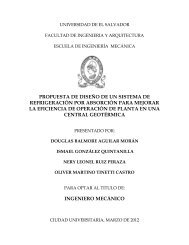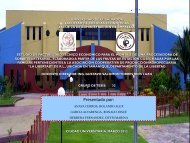Bioma, enero de 2013 - Smithsonian, National Museum of Natural ...
Bioma, enero de 2013 - Smithsonian, National Museum of Natural ...
Bioma, enero de 2013 - Smithsonian, National Museum of Natural ...
Create successful ePaper yourself
Turn your PDF publications into a flip-book with our unique Google optimized e-Paper software.
45<br />
<strong>Bioma</strong>, <strong>enero</strong> <strong>de</strong> <strong>2013</strong><br />
a<br />
Bio-ecological observations Evenus batesii: In El Salvador,<br />
a couple <strong>of</strong> specimens have been bred in sapote<br />
plants (Pouteria sapota (Jacq.) HE Moore & Stearn).<br />
The immature stages are found in the buds <strong>of</strong> the host<br />
plant during September and October in El Salvador. For<br />
Mexico, it was reported the capture <strong>of</strong> adults from May<br />
to July (De la Maza, 1993).<br />
Sexual dimorphism, with the smaller male (5.0 cm)<br />
than the female (5.2 cm) but, as in E. regalis, the most<br />
reliable diagnostic feature is the blue coloration which<br />
covers the entire surface <strong>of</strong> the dorsal face <strong>of</strong> the wings<br />
<strong>of</strong> male specimens (Fig. 3b), while females present a<br />
blue coloration that is reduced and the rest <strong>of</strong> the wing<br />
is dark. For both gen<strong>de</strong>rs, the ventral face <strong>of</strong> the wings<br />
is colored green, red, and iri<strong>de</strong>scent purple with white<br />
stripes, which also gives them the title <strong>of</strong> “living jewels”<br />
(Fig. 3a, c). The pre-pupa, lasts for two days, to become<br />
pupa (Fig. 3d) it takes about 12 days for an adult to<br />
emerge. In adults, the maxillary palps are absent and<br />
labial palps are well <strong>de</strong>veloped. In the hindwings, the<br />
CuA2 vein projects into a long tail. The species are very<br />
rare to be found on the field, being this report the first<br />
for El Salvador. To better explain the rarity <strong>of</strong> these butterflies,<br />
it has been hypothesized that parasitism keeps<br />
its population very low. There is evi<strong>de</strong>nce on the parasitism<br />
by wasps that kill larvae <strong>of</strong> Evenus batesii (Fig.<br />
3e-g). It is also suspected that parasitism on eggs <strong>of</strong> this<br />
Salvadoran butterfly exists.<br />
b<br />
c<br />
Fig. 1. Male specimen <strong>of</strong> Evenus regalis (Cramer): a) Newly emerged male from the pupa, b) Dorsal c) Ventral. Photos: Sermeño-Chicas, J.M.



